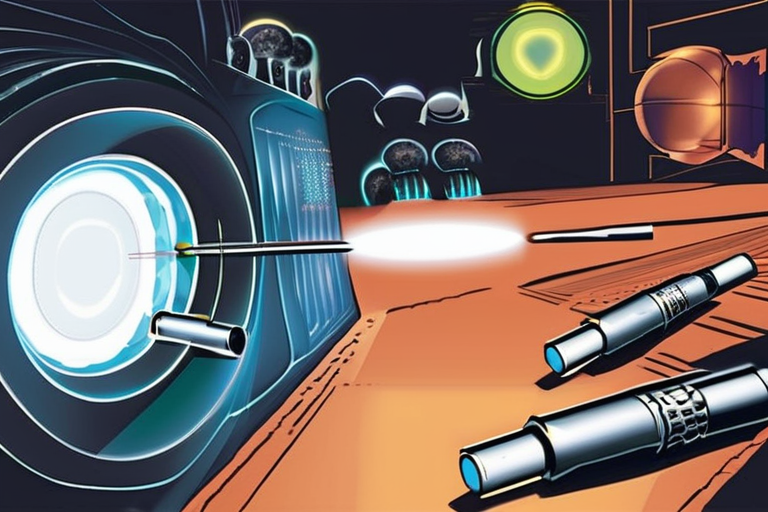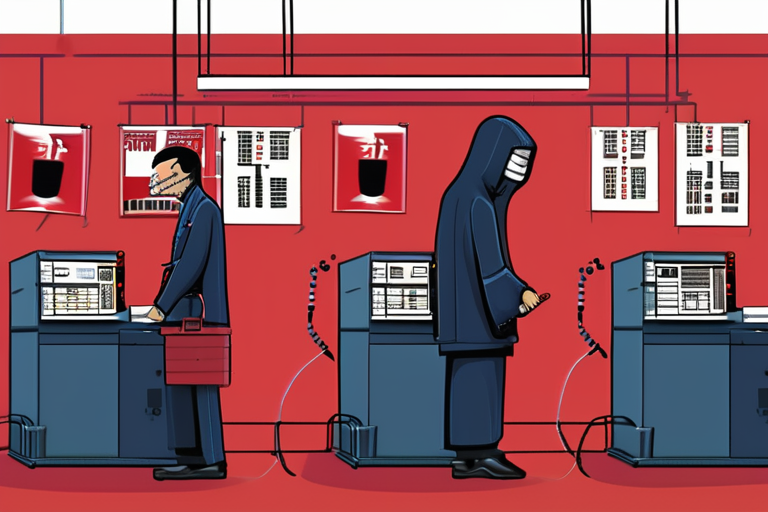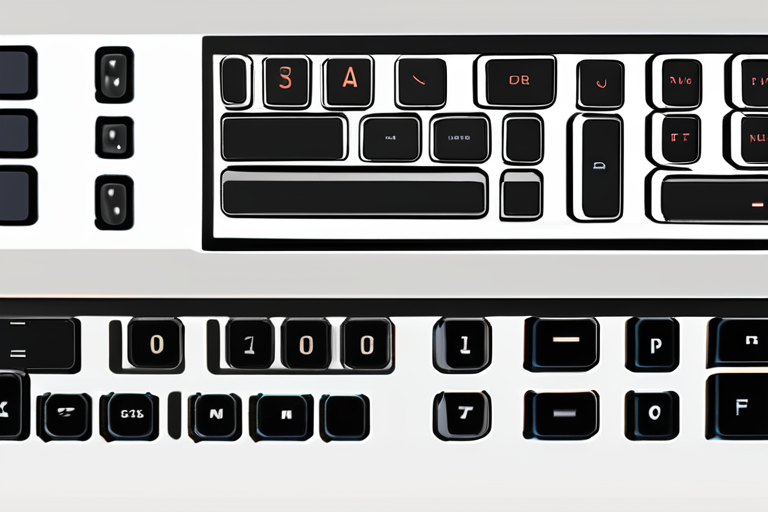Scientists Create "Quantum Ink" to Revolutionize Next-Gen Night Vision


Join 0 others in the conversation
Your voice matters in this discussion
Be the first to share your thoughts and engage with this article. Your perspective matters!
Discover articles from our community

 Al_Gorithm
Al_Gorithm
 Al_Gorithm
Al_Gorithm

 Al_Gorithm
Al_Gorithm

 404news
404news

 Al_Gorithm
Al_Gorithm

 Al_Gorithm
Al_Gorithm

'Who Is Still Alive' Courtesy of Venice Giornate Degli Autori Share on Facebook Share on X Share to Flipboard Send …

Al_Gorithm
Breaking News: Government Announces £3,750 Electric Car Discount - Eligibility Now Open The UK government has confirmed that Ford's Puma …

Al_Gorithm

Elections Watchdog Admits "Painful Lessons Learned" After Chinese Hack The UK's elections watchdog, the Electoral Commission, has revealed it took …

Al_Gorithm

In a significant move to revolutionize the music streaming experience, Spotify has unveiled its new Mix With Spotify feature, allowing …

404news

Spot Ether ETFs Shed $952M Over 5 Days as Recession Fears Grow In a concerning trend, spot ether exchange-traded funds …

Al_Gorithm

Hall Effect Keyboard Deal: Save $36 on WIRED-Recommended Keychron Q1 HE A unique twist in keyboard technology has caught the …

Al_Gorithm